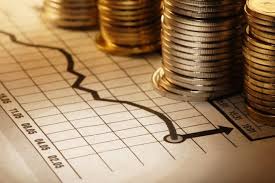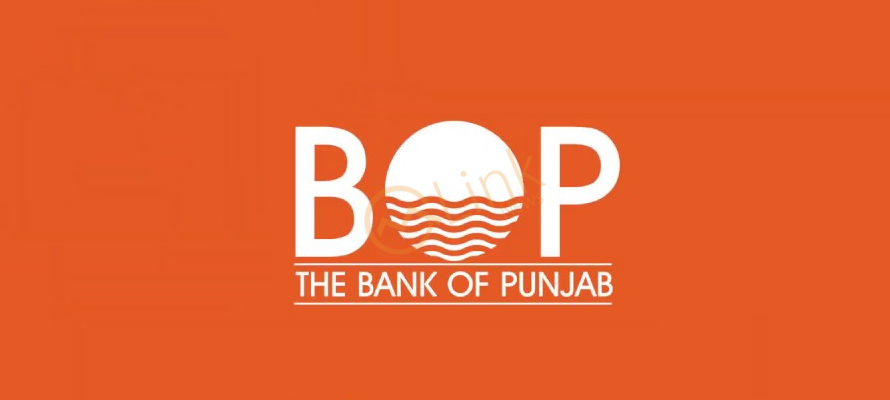Pakistan’s economy is projected to maintain strong growth in fiscal year (FY) 2018 as power supply in the country improves, manufacturing and crop harvests strengthen, and consumption expenditure and investments rise, according to a new Asian Development Bank (ADB) report.
In its new Asian Development Outlook (ADO) 2018, ADB projects gross domestic product (GDP) growth for Pakistan at 5.6% in FY2018 and 5.1% in FY2019 as fiscal challenges and wider current account deficits take effect. ADO is ADB’s flagship annual economic publication.
“Pakistan’s economic prospects in the coming years remain positive if budget and current account deficits are reduced and exports are rejuvenated by improving the country’s competitiveness,” said Xiaohong Yang, ADB Country Director for Pakistan. “Pakistan can maintain a stronger growth trajectory through domestic and regional stability, improving overall competitiveness, revitalizing public sector enterprises, as well as timely completion and effective use of infrastructure projects.”
Private consumption remained the largest contributor to growth in FY2017 (ending 30 June 2017), contributing 80% of GDP and growing by 8.6%. To support growth, the State Bank of Pakistan (SBP)—the country’s central bank—maintained its policy rate at 5.75% in FY2017, allowing domestic credit to expand by 13.1% and private sector credit to grow by 16.8%. In January 2018, SBP raised its policy rate by 25 basis points to 6% and the credit growth slowed in the first 8 months of FY2018.
Demand pressures have increased imports resulting in a widening current account deficit and steady drawdown of foreign exchange reserves, showing the need for policy tightening. To mitigate the eroded competitiveness and help boost Pakistan exports, SBP has permitted a greater flexibility of rupee-dollar exchange rate since December 2017, with the rupee depreciating by 9.7% by the end of March 2018.
Agriculture rebounded for the second year in a row, with buoyant domestic demands coming from the People’s Republic of China-Pakistan Economic Corridor (CPEC) and other infrastructure projects. During FY2004-2011, exports grew by 10.7% per year; since then exports have declined by an average of 2.6% annually. Over the past decade, meanwhile, exports as a share of GDP have contracted significantly, from 11.2% in 2007 to 7.2% in 2017, far below the 28% average in developing Asia.
Average inflation in Pakistan in FY2017 reached 4.2%, edging up slightly by 1.3% from the previous year, when global prices were lower. Food inflation averaged 3.8% and strong domestic demand pushed core inflation, which leaves out food and energy to an average of 5.2% from 4.2% in FY2016.
The consolidated federal and provincial budget deficit climbed to 5.8% of GDP in FY2017, well above the target of 3.8% and 4.5% of last year due to slow revenue collection and increased development expenditure. Tax revenue marginally grew by 8.4% compared to 21.3% the previous year. At the same time, development expenditure surged by 30% underpinned by a sharp increase in total expenditure by 17.3%.
Whereas the budget deficit may moderate slightly in FY2018, spillover from higher investment expenditure is expected to widen the current account deficit. Therefore, securing adequate financing to fill the gap in foreign exchange reserve is an additional challenge.







